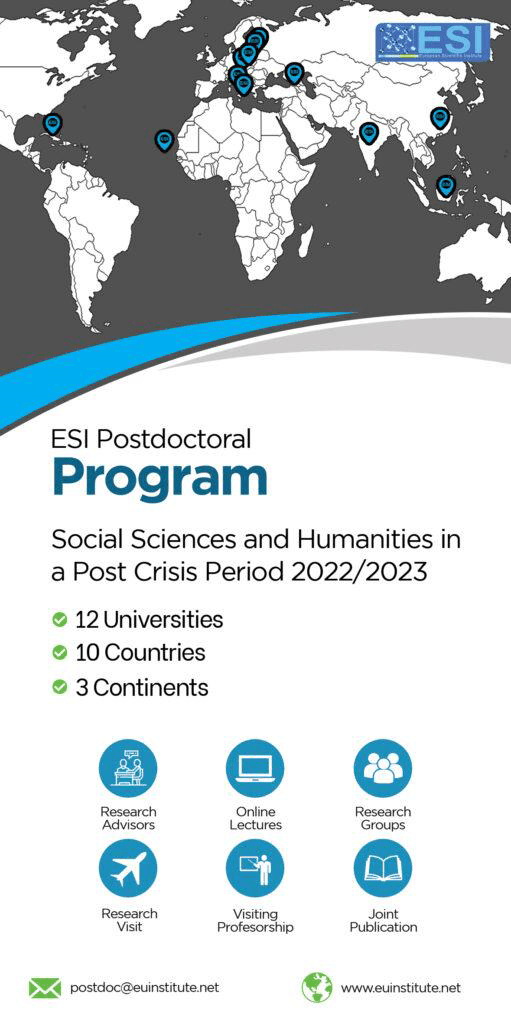National Security and Cyber Defense in the Rise of Artificial Super Intelligence
Abstract
The rapid advancements in Artificial Intelligence (AI) have significantly altered the global cyber security landscape, marking the emergence of Artificial superintelligence (ASI) as a transformative force in digital warfare. Unlike Artificial General Intelligence (AGI), characterized by human equivalent cognitive functions, ASI represents a level of intelligence vastly exceeding human capacities, capable of autonomous reasoning, real-time threat analysis, and adaptive decision-making. The role of ASI in cybersecurity is paradoxical, embodying both extraordinary defensive potential and unprecedented offensive risks. On the defensive side, ASI empowers cyber security frameworks with real-time predictive analytics, automated threat detection, and rapid incident response, significantly improving national security preparedness. Conversely, the offensive exploitation of ASI capabilities introduces severe threats, including sophisticated cyber-attacks, advanced misinformation campaigns, autonomous malware proliferation, and algorithmic manipulation. Moreover, ASI’s vulnerability to adversarial manipulation through data poisoning and adversarial machine learning poses additional, substantial risks to national and individual privacy. The complexity inherent in ASI systems, particularly their opaque decision-making processes (the “black box” problem), further compounds ethical and practical challenges, emphasizing the need for rigorous oversight and transparent frameworks. This paper explores the dual nature of ASI, presenting in-depth analyses of real-world scenarios of AI-driven cyberattacks alongside advanced countermeasures and policy recommendations. Key strategies discussed include AI-driven deception techniques, blockchain integration, zero-trust cybersecurity models, and comprehensive international regulatory frameworks. The objective is to provide a structured pathway for policymakers, security professionals, and researchers, ensuring that ASI serves as a compelling national security asset rather than becoming a catalyst for intensified cyber warfare.
Downloads
Metrics
References
2. Buchanan, B., & Shortliffe, E. (1984). Rule Based Expert Systems: The MYCIN Experiments of the Stanford Heuristic Programming Project. Addison Wesley.
3. CrowdStrike (2020). Global Threat Report: Adversarial Tradecraft and Autonomous Malware Threats. CrowdStrike Cybersecurity Reports.
4. Darktrace (2021). Autonomous Response to Cyber Threats: Real time AI Defense Systems. Darktrace White Paper Series.
5. European Commission (2021). Proposal for a Regulation Laying Down Harmonised Rules on Artificial Intelligence (Artificial Intelligence Act). Official Journal of the European Union.
6. Ferguson, K., & Hodges, J. (2020). Quantum Computing and Its Implications for Cryptography and Cybersecurity. International Journal of Cybersecurity Research, 6(3), 110 122.
7. Floridi, L., & Taddeo, M. (2018). Regulate Artificial Intelligence to Avert Cyber Risks. Nature, 556(7701), 296 298.
8. Fox, M., & Long, D. (1998). The automatic inference of state invariants in TIM. Journal of Artificial Intelligence Research, 9, 367 421.
9. Ferguson, K., & Hodges, J. (2020). Quantum Computing and its Implications for Cryptography and Cybersecurity. International Journal of Cybersecurity Research, 6(3), 110 122.
10. Gerevini, A., & Serina, I. (2002). LPG: A planner based on local search for planning graphs with action costs. In Proceedings of AIPS 02, 13 22.
11. IBM Security (2022). AI for Cybersecurity: Leveraging Artificial Intelligence to Enhance Cyber Defense. IBM White Paper Series.
12. Johnson, L., & Murchison, J. (2019). Artificial Intelligence and Cybersecurity: Advances, Threats, and Countermeasures. Journal of Cybersecurity and Information Systems, 7(1), 19 30.
13. Kott, A., & Linkov, I. (2021). Cyber resilience through AI enhanced adaptive security. Journal of Strategic Security, 14(2), 1 13.
14. Liang, F., Dasgupta, S., & Ahmed, S. (2022). Blockchain for Cybersecurity: Enhancing Data Integrity in AI models. Cybersecurity, 3(2), 88 102.
15. Metcalf, L., & Casey, W. (2017). Cybersecurity and Applied Artificial Intelligence. Elsevier, Cambridge.
16. NATO Cooperative Cyber Defence Centre of Excellence (CCDCOE) (2022). Autonomous Cyber Capabilities and International Law. CCDCOE Publications.
17. OpenAI (2021). Risks and Countermeasures in AI Cybersecurity Applications. OpenAI Technical Report Series.
18. Petersen, K., & Yampolskiy, R. V. (2017). Artificial Intelligence Safety and Security: Risks and Strategies. Journal of Information Security and Applications, 45, 21 30.
19. Roberts, H., Zuckerman, E., & Faris, R. (2019). AI, Disinformation, and the Threat to Democracy. Journal of International Affairs, 71(1), 23 41.
20. Russell, S. (2019). Human Compatible: Artificial Intelligence and the Problem of Control. Viking Press.
21. TrapX Security (2021). AI Driven Deception in Cybersecurity: Honeypot and Sandboxing Techniques. TrapX White Paper.
22. Taddeo, M., & Floridi, L. (2018). How AI Can Facilitate Cybersecurity: Ethical and Policy Perspectives. Philosophical Transactions of the Royal Society A, 376(2128), 20180081.
23. Vinayakumar, R., Soman, K. P., & Poornachandran, P. (2019). Deep Learning Approaches to Cybersecurity: A Comparative Study and Application to Network Security. Cybersecurity, 2(1), 1 21.
24. World Economic Forum (WEF) (2020). The Global Risks Report: Artificial Intelligence and the Future of Cybersecurity. World Economic Forum Reports.
Copyright (c) 2025 Md. Abul Mansur

This work is licensed under a Creative Commons Attribution 4.0 International License.








